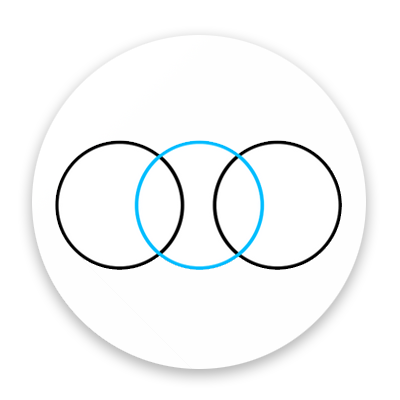The other day I watched the movie 'Slaughterhouse Five' by George Roy Hill. The movie is taken after the book of the same name and is about a man who is unstuck in time and travels throughout numerous time periods uncronologically.
The film itself is not particularly entertaining, it is clearly dated, done with relatively bland actors and lacks depth. However what does shine about the film and what makes it brilliant for study is it's use of editing. Anyone can make a time travel movie and just go along with the same old status quo, but what seperates Slaughterhouse is that it uses matching shot transitions to make the movie seemlessly blend together as opposed to just making it scene by scene.
So for example, our main character is about to change time periods from a shot of him in the middle of Belgium during WW2, to a shot of him on an Alien planet. We could just change it to the next scene by a simple jump cut, but Hill decides to instead make the two scenes connect more. The character in the middle of the snow hears a woman's voice and looks over to the right, we then cut to the woman in question who is in a different location, and then cut back to the man who is now in the same location as the woman, but he is in the exact same position that he was during WW2.
This artful editing choices is a more interesting and novel way of connecting two periods, and as of such we don't get as bored as if it was just a simple cut.
Other types of cuts include graphic matches, the character is playing with his dog in the yard, then he wonders off screen and then slowly we see a dissolve into the next scene which is in the exact same position except that it is Spring time instead of Autumn. And finally there is classic intercutting between two different scenes simultaneously, a similar technique used in modern hollywood action flicks.
I am very much so excited by this type of editing, and I'm definately going to involve such techniques into my films.
